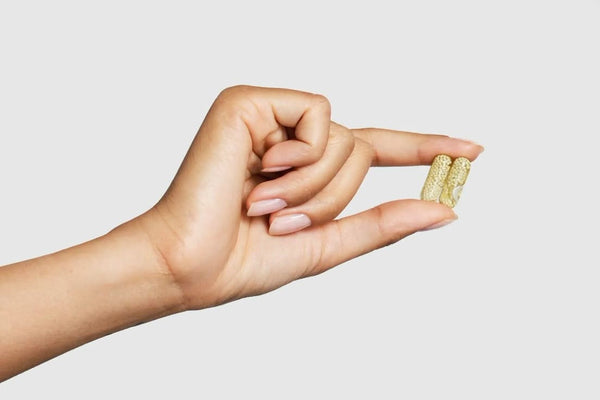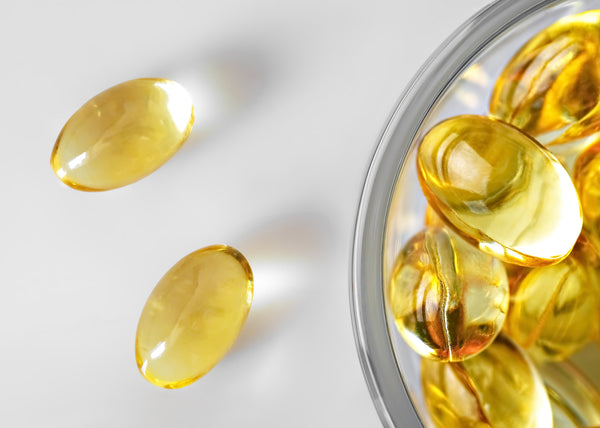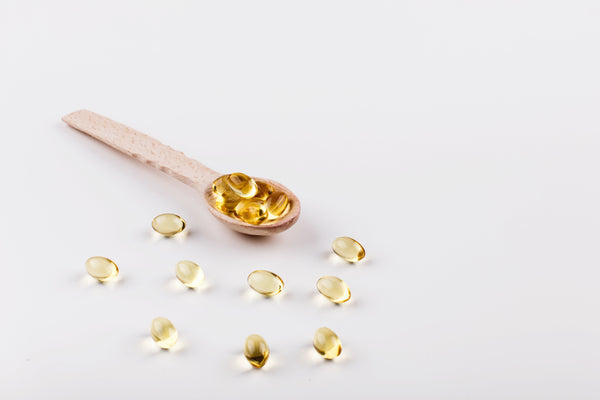Chamomile is a herbal medicine known to mankind since ancient times. It is a member of the Asteraceae family and is mostly found in two varieties - German chamomile and Roman chamomile. Its popularity is owed to its amazing list of health benefits which include relief from muscle spasms, insomnia, gastrointestinal disorders, rheumatic pain, menstrual disorders, and hemorrhoids among others. Chamomile is used in various forms, its dried leaves are used to make tea, oil, and various other concoctions. In this article, we take a detailed look at chamomile, its usage, benefits, side effects and more!
How does Chamomile Work?
Chamomile is home to a number of bioactive constituents which are isolated for medicinal and cosmetic uses. The chamomile plant contains 0.24 to 1.8 percent volatile oil, which is composed of a variety of different oils, which when exposed to steam distillation changes its color from deep green or blue to dark yellow on storage. This oil does not lose its potency even over time and can be used for various purposes in aromatherapy among other things.
Chamomile is also a good source of various terpenoids and flavonoids, which help in protection against abiotic stress, oxidative stress, and have antiparasitic and anti repellent properties. They also help in fighting every day toxins and stressors, thereby giving you a soothing and relaxing feeling.
How is Chamomile Used?
Due to the above mentioned properties of chamomile, it is used in various forms, including and as dry powder from its flowers, in its essential oil form, and chamomile flowers are also directly used for medicinal purposes. Chamomile extracts are also used in the form of teas and more.
Chamomile Tea
Chamomile tea, however, is the most popular way of consumption for chamomile. It is available in tea bags in the market, containing chamomile flower powder, which can be put in a hot mug of water for soothing effects on your body. The tea of this plant is also used for gargling for any inflammation of the mouth or throat.

Chamomile Tincture
Chamomile tincture is also prepared with the chamomile flowers as it helps in relieving diarrhea and cramping in children.
Chamomile Flowers
Chamomile flowers are also used directly or with poppy heads, for inflammatory pain or external swelling of the face or due to an abscess or infection.

Chamomile Plant
Chamomile plant is used to make herbal beers and for lotions, for topical application in cases of toothache, neuralgia, earache and swelling. Some people also use the chamomile plant as a bath additive for soothing genital inflammations.
Chamomile Essential Oil
The essential oil of this plant is used to treat anxiety, depression, and other mental and cognitive health disorders, with vaporization or aromatherapy.

Cosmetics
Roman chamomile is also widely used in cosmetic products for skin softening and smoothening, as per various researches.
Chamomile has been traditionally used for its amazing antioxidant, anti-inflammatory, astringent and healing properties. It is efficiently used in the treatment of wounds, eczema, skin disorders, bruises, rheumatic pain, hemorrhoids, chicken pox, eye infections, diaper rashes, nasal inflammation, hysteria, insomnia, sleep problems, nightmares, anxiety, diarrhea, vomiting, and more. It is valued as a great herbal remedy for various health disorders, especially related to sleep and wellbeing.
If you are wondering how you can make chamomile a part of your routine, then don’t miss to try out Wellbeing Nutrition’s Sleep Melt’s that contain a great combination of chamomile, passion flower, vitamin B6, L-theanine, valerian root, and melatonin -- all to provide with a good and restful sleep. It is vegan, sugar free, and non habit forming!
Roman chamomile is also widely used in cosmetic products for skin softening and smoothening, as per various researches.
Chamomile has been traditionally used for its amazing antioxidant, anti-inflammatory, astringent and healing properties. It is efficiently used in the treatment of wounds, eczema, skin disorders, bruises, rheumatic pain, hemorrhoids, chicken pox, eye infections, diaper rashes, nasal inflammation, hysteria, insomnia, sleep problems, nightmares, anxiety, diarrhea, vomiting, and more. It is valued as a great herbal remedy for various health disorders, especially related to sleep and wellbeing.
If you are wondering how you can make chamomile a part of your routine, then don’t miss to try out Wellbeing Nutrition’s Sleep Melt’s that contain a great combination of chamomile, passion flower, vitamin B6, L-theanine, valerian root, and melatonin -- all to provide with a good and restful sleep. It is vegan, sugar free, and non habit forming!
Roman chamomile is also widely used in cosmetic products for skin softening and smoothening, as per various researches.
Chamomile has been traditionally used for its amazing antioxidant, anti-inflammatory, astringent and healing properties. It is efficiently used in the treatment of wounds, eczema, skin disorders, bruises, rheumatic pain, hemorrhoids, chicken pox, eye infections, diaper rashes, nasal inflammation, hysteria, insomnia, sleep problems, nightmares, anxiety, diarrhea, vomiting, and more. It is valued as a great herbal remedy for various health disorders, especially related to sleep and wellbeing.
If you are wondering how you can make chamomile a part of your routine, then don’t miss to try out Wellbeing Nutrition’s Sleep Melt’s that contain a great combination of chamomile, passion flower, vitamin B6, L-theanine, valerian root, and melatonin -- all to provide with a good and restful sleep. It is vegan, sugar free, and non habit forming!
References:
- Srivastava JK, Shankar E, Gupta S. Chamomile: A herbal medicine of the past with bright future. Mol Med Rep. 2010;3(6):895-901. doi:10.3892/mmr.2010.377, (https://www.ncbi.nlm.nih.gov/pmc/articles/PMC2995283/#)
- Chamomile Tea: New Evidence Supports Health Benefits (https://www.sciencedaily.com/releases/2005/01/050104112140.htm)
- Singh O, Khanam Z, Misra N, Srivastava MK. Chamomile (Matricaria chamomilla L.): An overview. Pharmacogn Rev. 2011;5(9):82-95. doi:10.4103/0973-7847.79103. (https://www.ncbi.nlm.nih.gov/pmc/articles/PMC3210003/)
- Chamomile, National Center for Complementary and Integrative Medicine. (https://www.nccih.nih.gov/health/chamomile)
- McKay DL, Blumberg JB. A review of the bioactivity and potential health benefits of chamomile tea (Matricaria recutita L.). Phytother Res. 2006 Jul;20(7):519-30. doi: 10.1002/ptr.1900. PMID: 16628544. (https://pubmed.ncbi.nlm.nih.gov/16628544/)
- Miraj S, Alesaeidi S. A systematic review study of therapeutic effects of Matricaria recuitta chamomile (chamomile). Electron Physician. 2016;8(9):3024-3031. Published 2016 Sep 20. doi:10.19082/3024. (https://www.ncbi.nlm.nih.gov/pmc/articles/PMC5074766/)



























 DOWNLOAD NOW
DOWNLOAD NOW
